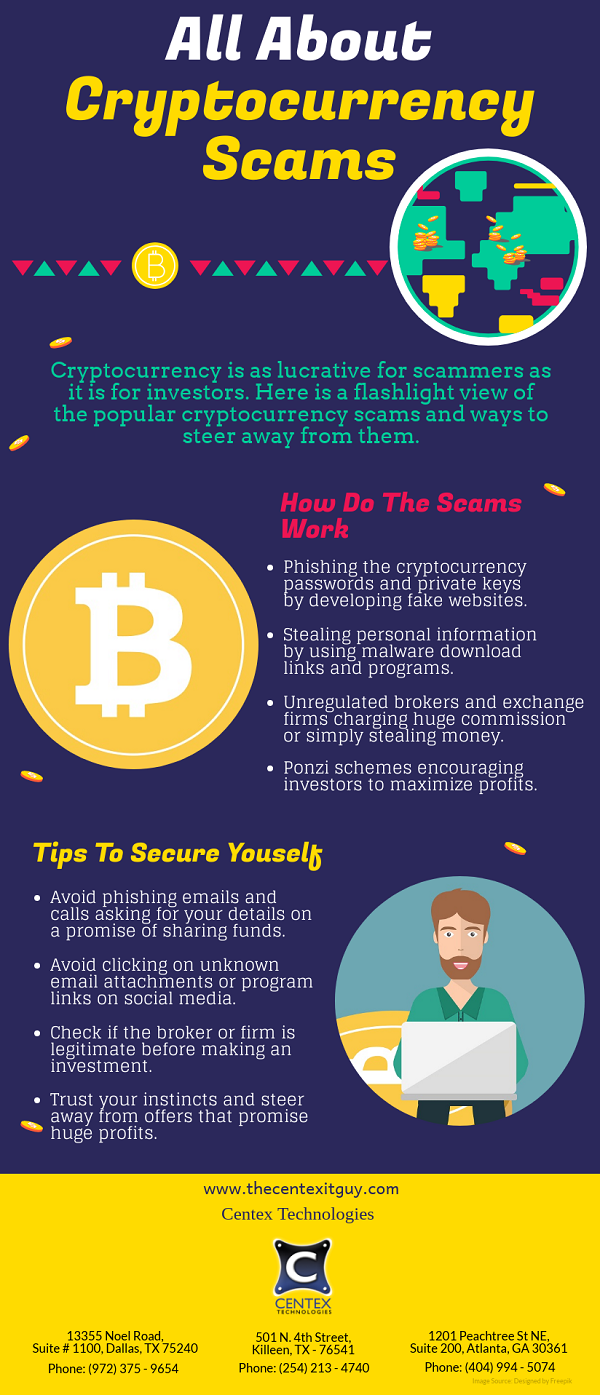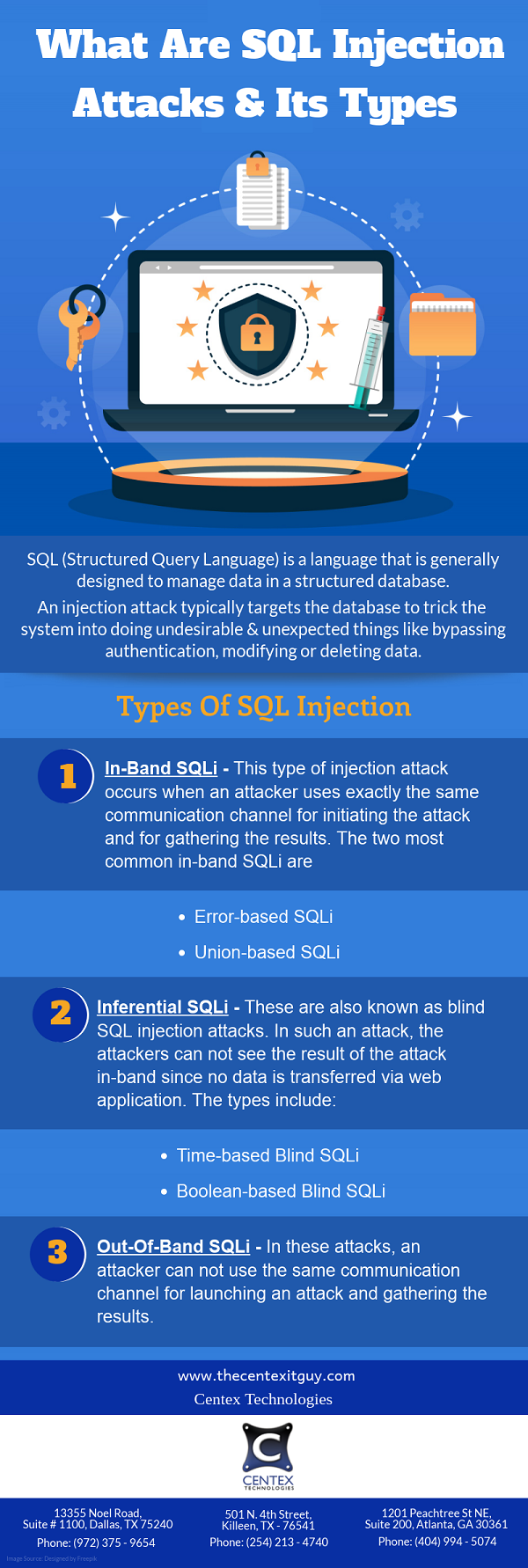A VPN router is a routing device that helps in enabling network communications within a VPN environment. It connects & communicates between multiple VPN end devices that are located at separate locations.
These routers are specifically designed to protect your system from a cyber-attack. This is made possible because all the devices connected with a VPN router are protected by a Virtual Private Network
.
Methods Of VPN Router Setup
- There are 3 main methods and one can go with any one of these:
- Buying a pre-configured VPN router
- Using a VPN enabled router that supports OpenVPN
- Flashing a non VPN compatible router with new firmware to support VPN.
Benefits Of Using VPN Routers
- Easy To Install – They are very similar to regular routers apart from the fact that in this case internet connection is routed through the servers of a private network. Setting up a VPN router completely negates the need of installing VPN on multiple devices separately. It can be done all at once because as soon as the VPN router is installed, you can easily connect your devices with it.
- Less Expensive – It is always beneficial to set up a VPN router due to the twin benefit it has. Firstly, buying a VPN router is a better deal than taking separate internet subscriptions for each device. So it can help you save costs and also ensures complete security at the same time.
- Device Friendly – You can connect multiple devices with the VPN router i.e. your smart TV, smartphone, laptop, etc. So configure the device which you have and connect it to the VPN router for added security. In other words, it requires a one-time effort in setting it all up and then you are ready to go.
- Ensures Security – Installing a VPN router secures all the devices on the network. It adds an additional layer of privacy and maintains anonymity of all your online activities. This way it is hard for cyber criminals to break through a network secured by a VPN router.
Things To Consider When Setting Up A VPN Router
- Cost – You’ll need to buy a decent router and VPN subscription. However, the cost of a VPN router may vary depending upon the option you choose.
- Speed – It is one very important factor that needs to be considered to ensure that there are no server overloads, network disruptions or snags etc.
- Features – The way you plan to use your VPN router determines which firmware & VPN service you need to go with. Although it is very important to make sure that it is up to date, fast, reliable, secure and enforces policy based routing.
For more information about VPN routers, call Centex Technologies at (254) 213-4740.


